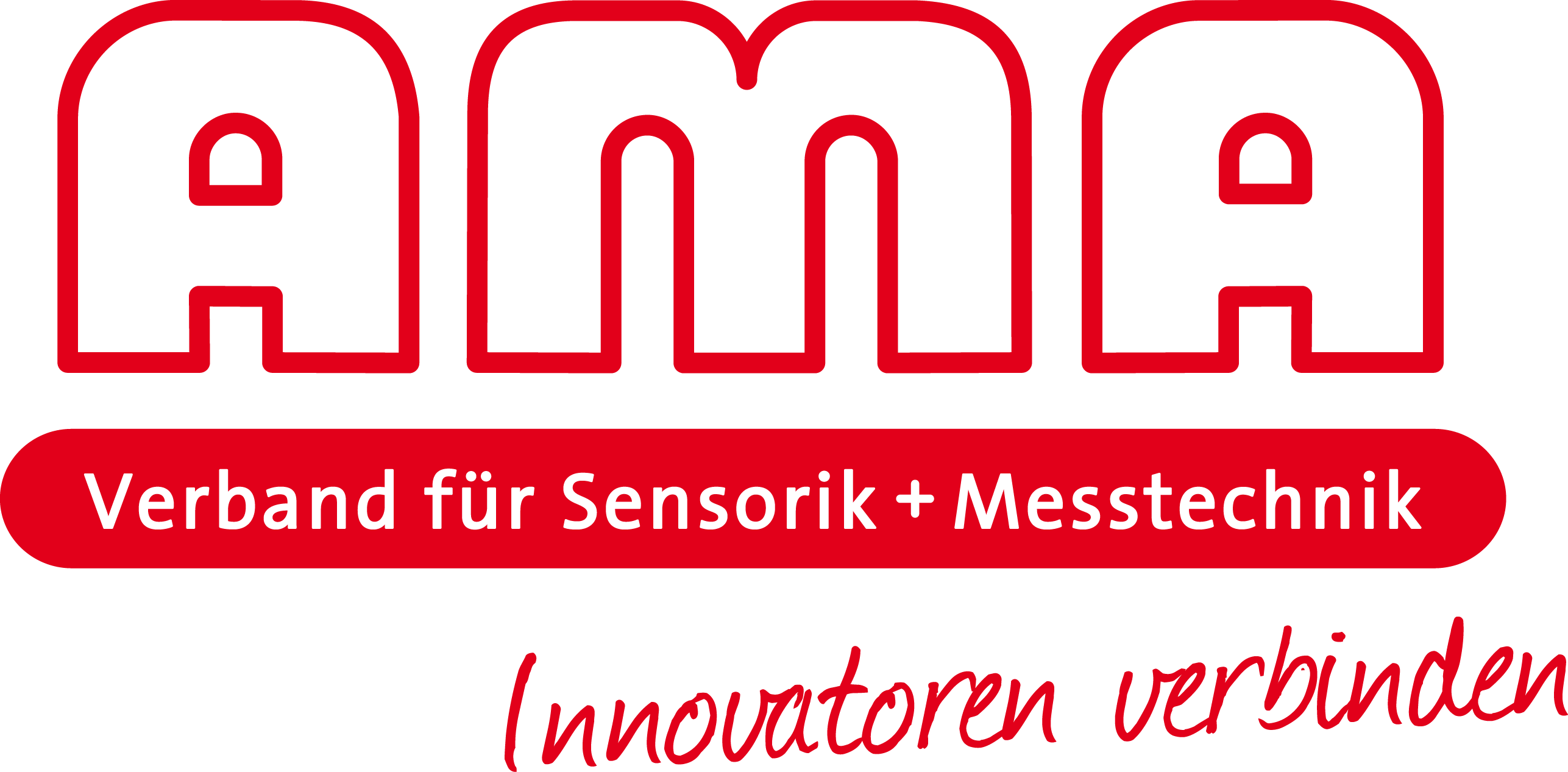Sensors and Measurement: Positive sales and incoming orders in the 3rd quarter

The AMA Association for Sensors and Measurement (AMA) surveyed its approximately 450 members on economic development in the third quarter of 2023. AMA members generated a four percent increase in sales in the third quarter compared to the previous quarter. A comparison of the sales trend with the result for the third quarter of 2022 shows a significant increase in sales of seven percent.
Incoming orders in the industry stabilized in the third quarter and rose by 1% compared to the previous quarter. The industry is cautiously optimistic and currently expects growth of plus-minus-zero for the fourth quarter.
In line with the industry-wide increase in turnover of four percent and a one percent rise in orders, the survey shows a positive, stable book-to-bill ratio of 1.0. This is an indicator of the medium-term trend in the order situation and is defined as the ratio of incoming orders to turnover in the same period.
"The pleasing figures for the third quarter of 2023 reflect the robustness and resilience of our industry," says Thomas Simmons, Managing Director of the AMA Association, summarizing the results. "The four percent increase in sales and the stable order situation not only signal current strength, but also the confidence of user industries in innovative sensor and measurement technology. Our members are cautiously optimistic about the fourth quarter. However, they are confident that the industry's momentum will continue, even if some important customer markets are currently looking at the economic development with a subdued mood."
Sensors and Metrology: Sales and Order Situation Decline in 2nd Quarter
The sensor and measurement technology sector recorded a three percent decline in sales in the second quarter of 2023 compared with the previous quarter. This decline was below expectations. However, compared to the second quarter of the previous year, the industry recorded a five percent increase in sales. There was also a five percent decrease in new orders in the second quarter of 2023 compared to the previous quarter.
There are differences in sales trends between larger and smaller companies in the AMA Association. Larger companies experienced a greater decline in sales than smaller members of the association. Nevertheless, the sales markets in the areas of sensors, measurement technology and electrical engineering developed comparatively well, while the sales markets in the energy sector and railroad technology were more challenging in the second quarter.
AMA members attribute the decline in sales figures in the second quarter largely to supply bottlenecks during the COVID 19 pandemic. Customers had replenished their inventories due to these supply shortages and are now trying to bring them back to normal levels. Due to the increasing availability of supplies, AMA Association members are confident about the current quarter and are already forecasting a three percent increase in sales.
The industry is therefore showing optimism for the third quarter of 2023 despite the current challenges. However, it remains to be seen how the economic situation will develop.
Sensor and measurement technology continues to grow
AMA Association reports positive development for the 1st quarter

The AMA Association for Sensors and Measurement surveys its 450 members quarterly on economic development. The industry generated sales growth of seven percent in the first quarter, compared to the previous quarter. Incoming orders rose by six percent at the beginning of the year, compared with the previous quarter. The industry is showing a positive overall trend. AMA members remain cautious and expect sales growth of plus minus zero percent for the second quarter.
While the sensor and measurement industry showed a slight decline in the fourth quarter of 2022, it picked up again in the first quarter. With sales up seven percent and orders up six percent, the result is a positive, stable book-to-bill ratio of 1.01. This is considered an indicator of the medium-term trend in the order situation and defines the ratio of incoming orders to sales over the same period.
The small and medium-sized (SME) AMA members achieved higher sales increases in the first quarter than the large enterprises and are more optimistic about the economic situation than the larger manufacturers. In terms of sales, suppliers to the electronics industry and the energy sector scored particularly well in the first quarter.
"Overall, the sensor and measurement industry is well positioned to meet demand from user industries thanks to supply bottlenecks gradually coming to an end. Our members are investing in research and development to remain competitive and bring innovative products to market," said Thomas Simmons, executive director of the AMA Association. "The book-to-bill ratio is stable and, according to the IFO Institute, the inflation rate is expected to continue to decline in the coming months. This means medium price declines in input costs, first and foremost energy prices. This will also relieve the supplier industries in the medium term."
Sensors and Measurement: Upward Trend in Sales, Investments and Personnel in 2022

AMA Association reports industry development in 2022 and outlook for 2023
Sensor and measurement technology generated a ten percent increase in sales in 2022, compared with the previous year's result. For the current year, the industry does not currently anticipate further sales growth. Nevertheless, the industry is showing itself to be future-oriented and invested 18 percent more than in the previous year and is planning a further increase of eleven percent this year. The export ratio rose by 15 percentage points. AMA members hired a total of six percent more employees than 2021. However, this also shows that in some areas it takes many months to find the right skilled worker.
In January 2023, the AMA Association for Sensor and Measurement (AMA) surveyed its members on the economic development of the past fiscal year. According to its own information, the industry generated an overall increase in sales of ten percent, compared to the previous year. In the fourth quarter of 2022, incoming orders declined, which is one reason why the outlook for the 2023 financial year for sensor and measurement technology is more subdued. AMA members currently do not expect any sales growth for fiscal year 2023.
Investments in the innovative sector
AMA members invested about 18 percent more in 2022 than in the previous year and plan to increase investments by another eleven percent in the current fiscal year. In doing so, industry representatives are sending a clear signal about the future viability of sensor and measurement technology.
Exports regain momentum
The export ratio of sensor and measurement technology rose by 15 percentage points to 65 percent in 2022, after declining by twelve percentage points in the Corona year 2021. As a result, the export ratio picked up significantly again and is above the average export ratio for the industry as a whole of 50 percent.
Seeking and finding skilled workers
The number of employees increased by six percent in the past year. The association surveyed its members on the difficulty of filling vacancies. The search for personnel in the IT and research and development sectors proved to be particularly challenging. AMA members need an average of eight to nine months to fill such a position. The situation is somewhat more relaxed in production and administration; these positions can be filled in three months on average.
Summary statement
"Despite a very positive overall economic result, our members are cautiously optimistic about the current year. " says Thomas Simmons, managing director, AMA Association for Sensor and Measurement Technology. "AMA members are planning eleven percent higher capital expenditures and further staff expansion this year. Only with regard to sales is our industry showing restraint and is currently expecting zero growth. For all the caution in the sales forecast, however, our industry has so far largely defied the economic consequences of supply chain problems, the war in Ukraine and the energy crisis."




